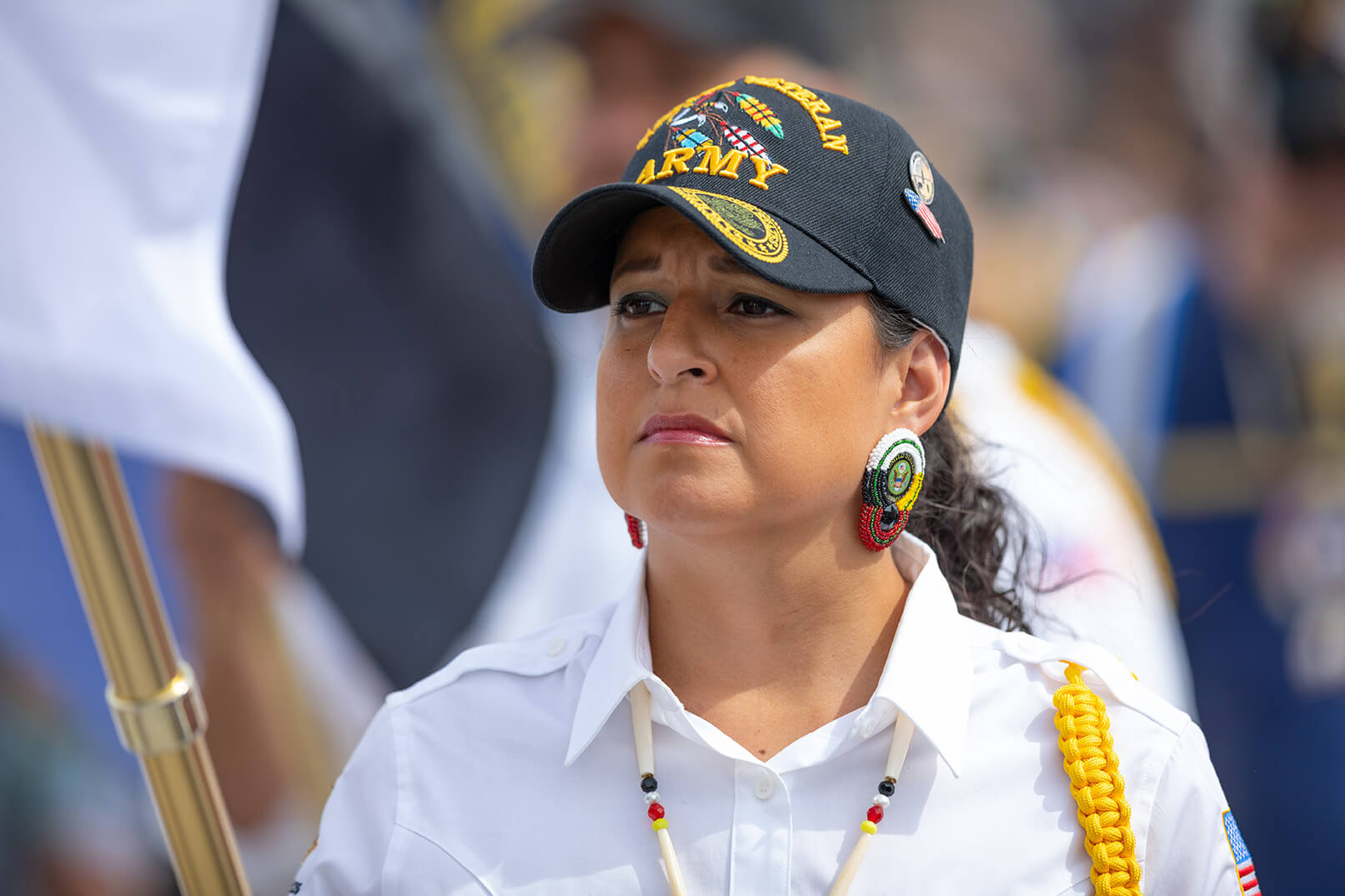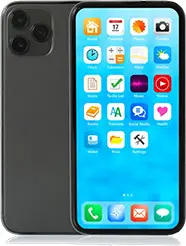Everyone needs help now and then, but knowing where exactly to find that help can be a challenge. If you live on tribal lands, finding information on the types of Tribal programs available to you can sometimes seem like you’re feeling your way through a darkened maze. We don’t want it to be any more difficult than it has to be. So we put together this guide of some of the best tribal assistance programs along with information on how to apply.
Bureau of Indian Affairs General Assistance
The Bureau of Indian Affairs General Assistance Program – also known as the Financial Assistance and Social Services Program – offers cash assistance to eligible recipients. This program is designed to help with basic necessities, like shelter expenses, food, utility bills, and clothing.
To qualify for the General Assistance Program, there are several requirements. The first is, of course, that you must be enrolled in a federally recognized Alaskan Native or American Indian tribe. Other requirements include the following:
- You must lack the resources necessary to take care of necessities.
- You must also apply for all other programs available to you, whether it’s tribal, state, federal, or county help. However, you cannot receive other general cash assistance from these programs. That may seem confusing. You can’t receive assistance from two programs that are too similar. Your social worker will let you know if any of your programs overlap.
- You’ll need to work with the social worker involved with your case to come up with what is known as an Individual Self Sufficiency Plan. In short, this is a plan to help improve your financial circumstances. This will typically include a plan for employment and, if necessary, education. Your social worker can help lead you to the resources that can help you put your plan in place.
Eligibility will often be reviewed and renewed every three to six months. If, at any point, a recipient either quits working or turns down a job, they’ll typically be barred from receiving general assistance for at least two months. If you decide to leave one job for another with better pay, you should not be affected. However, you’ll need to communicate this change to your social worker.
If you’d like to learn more about this program, you can give the Bureau of Indian Affairs Division of Human Services a call at (202) 513-7622. Or you can find and contact your regional office by visiting this web page.
Tribal Temporary Assistance for Needy Families (Tribal TANF)
Some federally recognized tribes offer Tribal TANF. These tribes receive federal funding which they can then put into place for various programs to help provide cash assistance, promote self-sufficiency, try to help parents stay together, and more.
How each tribe does this depends on what they choose to offer, but most help with things like child care, education, cash help for basic needs, training for employment, assistance with transportation, and more. Tribal governments determine the needs of their people and put the funding to work in the best ways possible.
To qualify for Tribal TANF, you must meet the following:
- Be registered and enrolled in a federally recognized Native American, American Indian, or Alaskan Native tribe
- Reside on a reservation or within the proximity specified by your tribe
- Be unemployed or know you’re about to become unemployed
- Your income must qualify as low or very low, according to the current standards of your location
One of the easiest ways to apply for Tribal TANF is directly through your tribe. You can get information specific to how the funds are used and how exactly the program can help you. You can also call (202) 401-9200 for more information.
Supplemental Nutrition Assistance Program (SNAP)
Whether you live on a reservation or not, you have access to the federal food stamp program. It’s also known as SNAP or Supplemental Nutrition Assistance Program. It’s an incredible program that helps you and your family get access to the food you need every single month.
There are different ways to apply. If you’re on a reservation, your tribe’s office might have an application available for you to fill out. You can also apply online or visit your county’s food stamp office.
After you apply, you’ll have to turn in documentation to show your family’s financial status. This usually includes pay stubs, disability statements, or anything else you might have to show income. You’ll also need to turn in information about your bills.
The process can sometimes take a few weeks to get approval unless you have $0 income at all. In that case, they’ll often expedite your case and you might get approved in just a week.
Whether it takes a week or several weeks, if you’re approved, you’ll be given an EBT card. You can then take it into any grocery store that accepts EBT and use the funds on your card like a debit card to purchase groceries. Most families will need to recertify for their food stamps every 6 to 12 months.
Food Distribution Program on Indian Reservations
FDPIR or the Food Distribution Program on Indian Reservations is a program that helps bring food to Native American families in need. However, don’t let the name fool you. Most recipients do live on Indian Reservations, but you do not necessarily have to live on a reservation to qualify. The program is also available to Indian families that live in approved areas off of the reservation.
How does it work? The USDA works to purchase food and then distribute it to eligible families. The food is often distributed through local and state agencies that make sure the food goes where it needs to go.
Families who participate in SNAP cannot also participate in FDPIR – at least not in the same month. You can change to apply for the other program if you wish. For example, if you’ve been receiving FDPIR benefits, you can stop participating in that program and apply for SNAP the following month. You just can’t get both at the same time.
Most people who choose to apply for FDPIR usually do so because they cannot get to the food stamp office or get to the grocery store themselves. You can learn more about this program or apply for assistance through your local Indian Tribal Organization, FNS regional office, or your state agency. You can find that information by visiting the USDA website.
Medicaid
Medicaid and CHIP or Children’s Health Insurance Program are also open to members of federally recognized Indian tribes. While tribal governments do try to offer necessary medical services to their members, not all are equipped to manage everything. Fortunately, Medicaid and CHIP can help.
These services can help you get access to doctors and medical services through various clinics and hospitals. Typically, this includes dental and eye care services.
If you meet the income requirements, your children should be approved for this medical care – which is typically offered at no cost to you. Occasionally, if they need to see some sort of specialist, there might be a copay. However, it’s often just a few dollars.
Sometimes, parents are also approved for Medicaid, but it usually requires meeting very low-income standards or having very specific medical needs. And more often than not, only one adult in a household will get approved. Still, whether it’s just your children or your entire family that’s approved, it can certainly help. You can apply for these programs by visiting the healthcare.gov website or visiting your local Medicaid office.
Supplemental Security Income (SSI)
American Indians and Alaskan Natives can also benefit from SSI or Supplemental Security Income and SSDI or Social Security Disability Insurance if they meet the requirements. SSI is, of course, based on your age and your level of income.
Typically, you must be 65 or older and have very little income to qualify. If you meet the requirements, you can receive a monthly benefit check that can help you take care of ongoing needs.
SSDI is a bit different. It’s not about your age – it’s about whether or not you can work due to some type of medical condition or other disability. The disability either has to have already prevented you from working for a year or is expected to prevent you from working that long. If you meet the requirements and have dependents, they’ll typically get a monthly benefit, as well.
Applying can be done directly through your local Social Security office. However, you can also apply through their website. You might also consider speaking to your tribal office, as they might have some vital information and assistance for you.
One common thing to know about SSDI is that most people who apply for it have to wait quite some time to get it. And many are denied the first time. If are going to apply for assistance, reach out to a legal representative or someone in your tribe to help. Having representation can often make the process a bit smoother.
Additionally, be sure to apply for other tribal programs on this list while you wait. If you can get assistance through programs like SNAP and the BIA’s General Assistance, it can help you get through tough times while waiting for your SSDI to be approved.
Native Employment Works (NEW)
For many people, the only thing missing in being able to build a better future is the education or skills needed to acquire a good job. That’s where NEW or the Native Employment Works Program. This program provides funding to various federally recognized Indian tribes to offer members job training, skills training, educational support, and more. Through these offerings, many tribal members can achieve their dreams and create a better life.
NEW funding is offered to the approved tribes that then put the funding to work as needed. Therefore, to gain access, you’ll need to speak directly with your tribe to determine if your tribe is a recipient of the funding. If you are, your tribal leaders will be able to guide you toward the programs they have put in place.
Tribal HUD-VASH
If you are a veteran and are at risk of homelessness, HUD and the VA offer the Tribal HUD-VASH program to help. This funding helps Native American or Alaskan Native vets who are either currently homeless or soon will gain access to suitable housing through rental assistance and support. The best way to determine if you qualify and apply for assistance reach out to HUD or the VA directly. You can call (877) 424-3838 or you can email TribalHUDVASH@hud.gov.

Housing Improvement Program
If your home is in need of repairs, the Housing Improvement Program or HIP might be able to help you. It’s a grant offered by the Bureau of Indian Affairs that is intended for members of federally recognized Indian tribes that live in a tribal service area. The program is designed to help with repairs, renovations, and – in dire cases – replace homes.
To qualify, you must also meet low or very low-income requirements. You’ll need to contact your regional BIA office for more information or help applying.
Other Housing Help
Even if you’re not a veteran or in need of specific repairs, the Indian Housing’s Office of Native American Programs or ONAP might be able to help you. ONAP is dedicated to helping tribal members and governments obtain affordable and safe housing. This includes everything from mold remediation and prevention to home loans and more. If you and your family are looking for housing help for any reason, take a look at the various ways that ONAP can help you.
Tribal Head Start
Everyone wants to give their kids as bright a start in life as possible, and Tribal Head Start can help make that happen. Head Start is often known for its schooling for children five and under, but that’s only a part of it. Tribal children can also get access to nutrition services, health and mental health services, disability services, and more.
Most tribal families qualify simply by meeting income requirements. Others find themselves eligible when they sign up for other various programs, such as Tribal TANF. You can apply for Tribal Head Start through your local Head Start office, which you can find by visiting this website.
Additional Assistance for Tribal Members
You’re never alone, and there is always a program out there that can help. The tribal programs listed above are all great places to start but never discount simply speaking to your tribe. Often, tribal leaders and those in secretarial positions have information you might not find online. For example, they might be aware of a local drive a business is having to help members of the community.
And if your children go to school off of the reservation, talk to members of the school office. Charitable organizations often send information to schools that they can pass on to parents and families in need. Also, don’t overlook the National School Lunch Government Program or NSLP. It can help ensure your children get a nutritious meal each and every day.
If you or your older children are interested in attending college, be sure that you research and apply for tribal scholarships. There are many available for members of federally – and sometimes state-recognized Indian tribes. You can start your research on the American Indian College Fund website.
Take Advantage of Tribal Phone Service
Whether you need to keep in touch with family or you need access to data to apply for these programs, the ACP program can make it happen. ACP or Affordable Connectivity Program is something we offer here at EASY Wireless to help you and your fellow tribal members get and stay connected. It provides you with a FREE smartphone, FREE unlimited talk and text, and FREE data.
Like many of the programs here, you can qualify using your household income. However, most of the programs above are ACP-qualifying programs, meaning that you automatically qualify if you participate in them. And this makes it super EASY to sign up and get connected.


